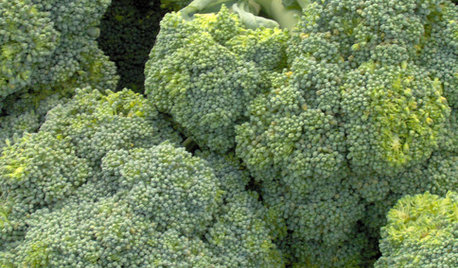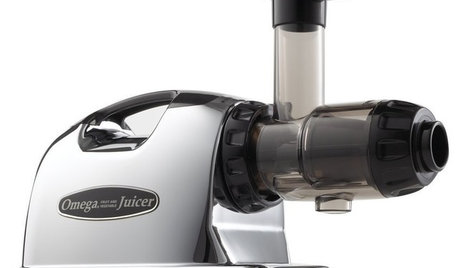CherryTomatoes nutrition problem
Damjan
10 years ago
Related Stories

COOL-SEASON CROPSCool-Season Vegetables: How to Grow Broccoli
Packed with vitamins, broccoli is a nutritional powerhouse and is easy to grow in a fall or spring garden
Full Story
FARM YOUR YARDCool-Season Vegetables: How to Grow Lettuce
Leaf, butterhead, crisphead or romaine — lettuce is best harvested in the cool weather of spring and fall
Full Story
GARDENING GUIDESWeed War: When and How to Use Chemical Herbicides
Before you spray, arm yourself with knowledge about which weed killers — natural or synthetic — are right for your yard
Full Story
MOST POPULAR7 Ways to Design Your Kitchen to Help You Lose Weight
In his new book, Slim by Design, eating-behavior expert Brian Wansink shows us how to get our kitchens working better
Full Story
FRONT YARD IDEAS10 Ideas for a Front-Yard Edible Garden Your Neighbors Will Love
Choosing attractive, well-mannered plants and sharing the bounty will go a long way toward keeping the peace
Full Story
PRODUCT PICKSGuest Picks: Get Juicing
Stay hydrated and healthy with these tools and accessories for juicing fruits and vegetables right at home
Full Story
KITCHEN APPLIANCESFind the Right Cooktop for Your Kitchen
For a kitchen setup with sizzle, deciding between gas and electric is only the first hurdle. This guide can help
Full Story
LIFE'Not My Precious Books!' — Pain-Free Ways to Declutter Your Library
Have your books and neatness too, with these ideas for paring down and straightening up a beloved collection
Full Story
LIFE12 Effective Strategies to Help You Sleep
End the nightmare of tossing and turning at bedtime with these tips for letting go and drifting off
Full Story
KITCHEN OF THE WEEKKitchen of the Week: Fans of Traditional Style Go For a ‘Mad Men’ Look
The TV show inspires a couple to turn their back on the style they knew and embrace a more fun and funkier vibe in their kitchen
Full Story






PupillaCharites
DamjanOriginal Author
Related Discussions
Rose bush problem leaves nutrition deficiency?
Q
tiny Tim cherry tomatoes problem
Q
cherry tomato problem PICS
Q
Cherry tomato problem?
Q
cole_robbie
PupillaCharites
DamjanOriginal Author
PupillaCharites
DamjanOriginal Author
PupillaCharites
DamjanOriginal Author
PupillaCharites
DamjanOriginal Author
PupillaCharites
DamjanOriginal Author
PupillaCharites
DamjanOriginal Author
PupillaCharites
cole_robbie
PupillaCharites
DamjanOriginal Author
DamjanOriginal Author
PupillaCharites
PupillaCharites
PupillaCharites
DamjanOriginal Author